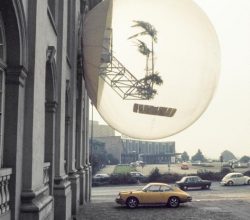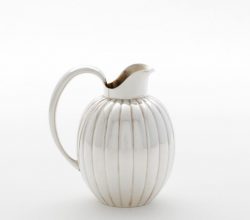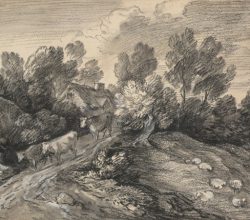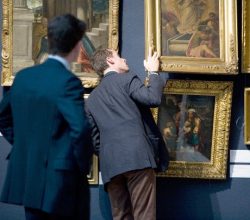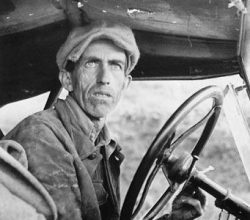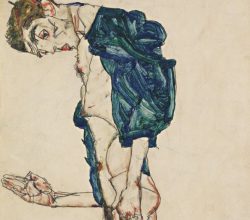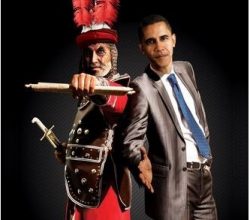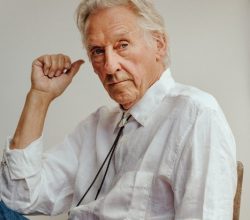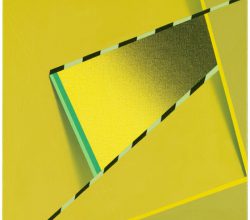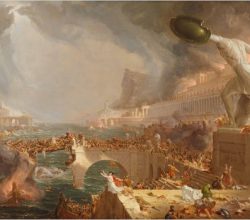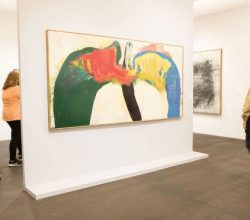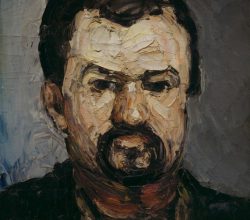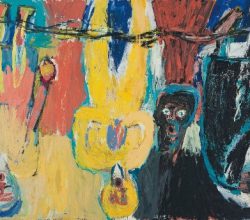
Georg Baselitz is an overrated hack. Art collectors fell for him – but you don’t have to
Sebastian Smee | The Washington Post | 24th June 2018
Ouch! After positive reviews in Switzerland the Baselitz retrospective has opened in Washington to an absolute pasting. Decrying Baselitz’s “bloated reputation” and odd decision to display his works upside down, the writer continues: “[H]is sense of color is haphazard and his drawing weak … he has never quite managed to tie his influences … into taut and commanding art.”

